On 24 February, one of the biggest parks in the Balkans and in Europe, located in Mount Rila in western Bulgaria turns 25, having been declared as such on this day in 1992.
To begin with, with the aim of preserving biological diversity and rare and endangered species in this highest mountain in the Balkans (Musala peak being 2,925 m. above sea level), it was declared to be a “popular” park, covering an area totaling 107,923.7 hectares. Several years later, in 1999, the bulk of this territory – 81,046 hectares was reclassified as a “national park”, the remainder went into the Rila Monastery nature park.
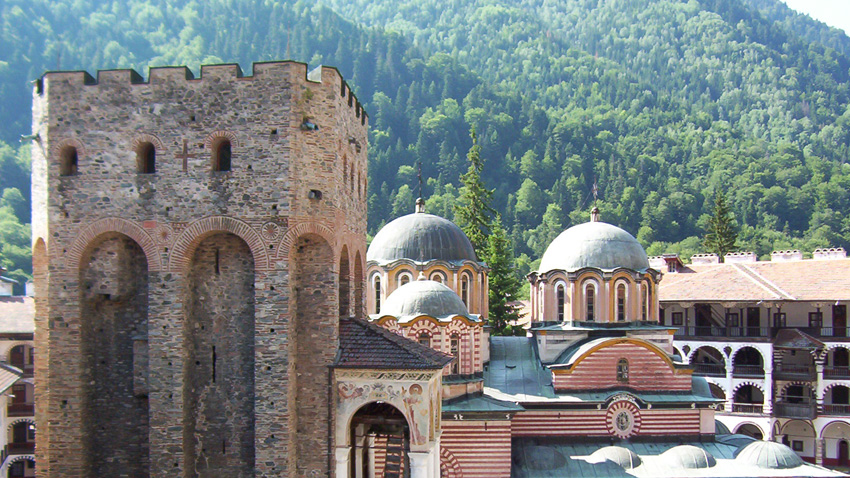
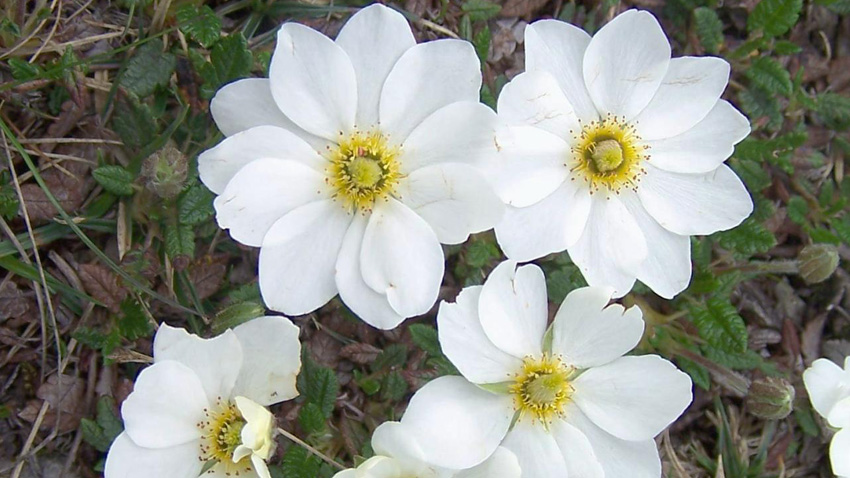 The territory of the park incorporates the reserves Parangalitsa, Skakavitsa, Ibur and the Central Rila reserve, where there are natural ecosystems protected from human activity in the highest degree, with remarkable plant and animal species and their habitats. That is why they are on the UN list of national parks and equivalent reserves. Around 95 percent of the forest of spruce (picea), fir (abies) and white fir (pinus peuce) is natural and the trees are 100 years old on average; the diversity of habitats makes the park an important element of the Natura 2000 environmental network.
The territory of the park incorporates the reserves Parangalitsa, Skakavitsa, Ibur and the Central Rila reserve, where there are natural ecosystems protected from human activity in the highest degree, with remarkable plant and animal species and their habitats. That is why they are on the UN list of national parks and equivalent reserves. Around 95 percent of the forest of spruce (picea), fir (abies) and white fir (pinus peuce) is natural and the trees are 100 years old on average; the diversity of habitats makes the park an important element of the Natura 2000 environmental network.
In the words of Kiril Stamboliev, a fauna expert at the national park, there is a wealth of biological diversity in Rila, with around 1,400 species of higher plants.
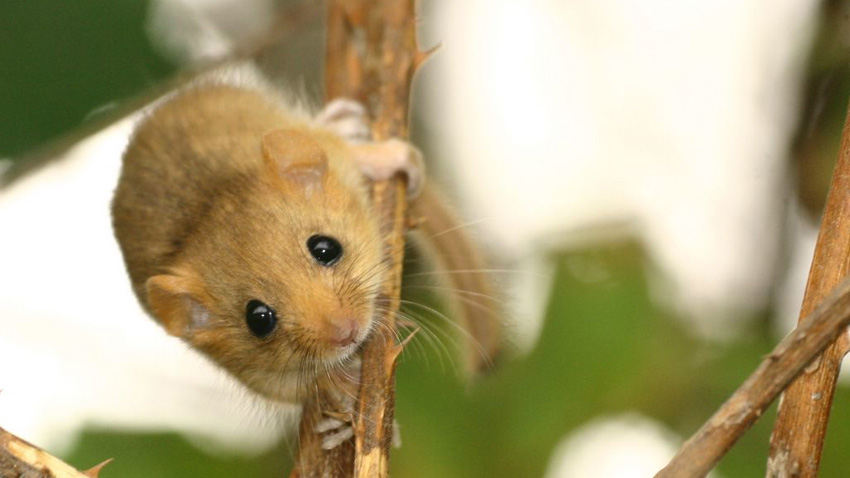 “The conservation importance of the park is determined by the wealth of relicts – 105 species and endemites – 36 Balkan and 21 Bulgarian species, 3 of which are to be found in Rila and nowhere else. They are the Rila cowslip, a species of lady’s mantle (Alchemilla Pawlowski) and Chinese rhubarb (Rheum palmatum L.). Rila National Park is one of the biggest and safest brown bear sanctuaries in Bulgaria. The park is home to the biggest population of wild goat (Rupicapra rupicapra) in this country, the highest-altitude colony of European ground squirrels (Spermophilus citellus) and one of four habitats of the rare Alpine newt (Triturus alpestris). The park provides an important habitat to more than 100 species of birds, among them the golden eagle, the boreal owl (Aegolius funereus), the western capercaillie (Tetrao urogallus), the rock partridge (Alectoris graeca). 38 percent of the plants growing in Bulgaria, 80 percent of the invertebrates, 80 percent of the glacial lake flora and fauna and 20 percent of the terrestrial vertebrates are all to be found on the park’s territory.”
“The conservation importance of the park is determined by the wealth of relicts – 105 species and endemites – 36 Balkan and 21 Bulgarian species, 3 of which are to be found in Rila and nowhere else. They are the Rila cowslip, a species of lady’s mantle (Alchemilla Pawlowski) and Chinese rhubarb (Rheum palmatum L.). Rila National Park is one of the biggest and safest brown bear sanctuaries in Bulgaria. The park is home to the biggest population of wild goat (Rupicapra rupicapra) in this country, the highest-altitude colony of European ground squirrels (Spermophilus citellus) and one of four habitats of the rare Alpine newt (Triturus alpestris). The park provides an important habitat to more than 100 species of birds, among them the golden eagle, the boreal owl (Aegolius funereus), the western capercaillie (Tetrao urogallus), the rock partridge (Alectoris graeca). 38 percent of the plants growing in Bulgaria, 80 percent of the invertebrates, 80 percent of the glacial lake flora and fauna and 20 percent of the terrestrial vertebrates are all to be found on the park’s territory.”
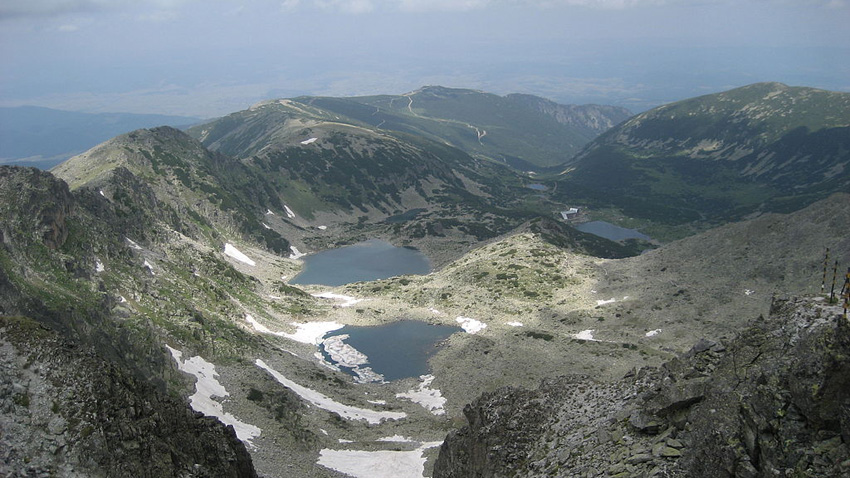
The unique natural assets, the many cabins and shelters, the network of tourist and ecotrails attract a great many tourists, as do the ski runs in the resorts of Borovets and Malyovitsa. From 1st to 23rd of August every year, a summer spiritual academy is organized here by the followers of Peter Deunov’s White Brotherhood and on 19 August, they flock to the seven Rila lakes to welcome the sun at dawn, because it is said that on this day the sun possesses magic powers.
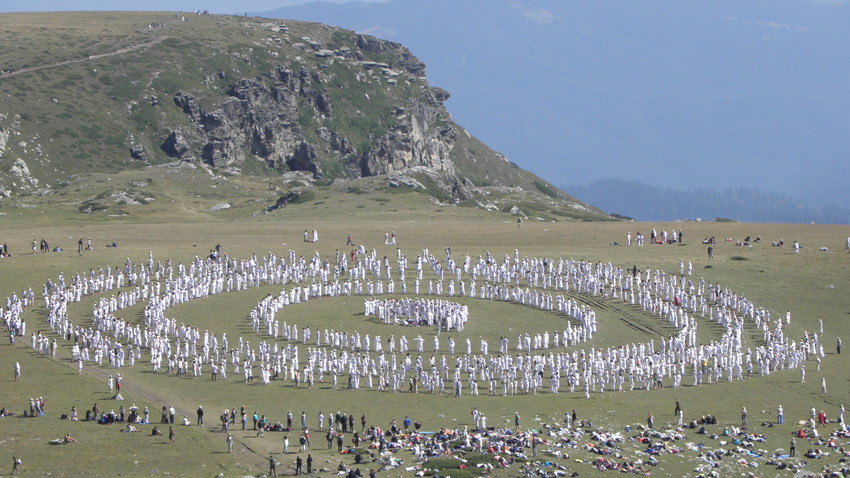
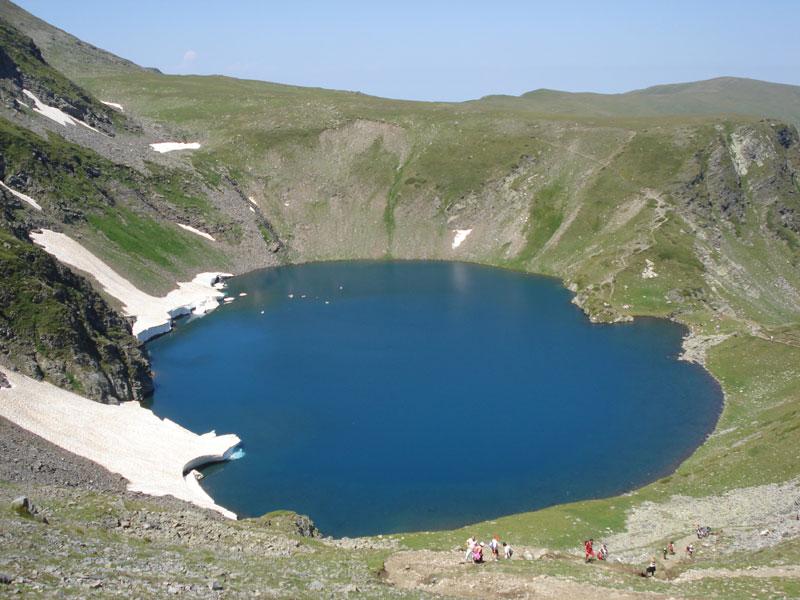 Unfortunately, any human interference affects the ecosystem, the flora and the fauna in the park. After a chairlift to the Seven Rila Lakes was built, there is a constant flow of people throughout summer, with no less than 2,000 a day going up to the lakes in August. And even though on the territory of the Rila National Park, there is an iron-clad principle – whatever you bring you must take away with you – there are people who do not respect it. According to the park administration, building fires is another serious problem – they are pollutants, destroying the soil as well as plants. Regrettably, it is not easy for the park rangers to prevent such violations, as the national park covers an enormous territory. That is why they say they rely on the good faith of the people coming here.
Unfortunately, any human interference affects the ecosystem, the flora and the fauna in the park. After a chairlift to the Seven Rila Lakes was built, there is a constant flow of people throughout summer, with no less than 2,000 a day going up to the lakes in August. And even though on the territory of the Rila National Park, there is an iron-clad principle – whatever you bring you must take away with you – there are people who do not respect it. According to the park administration, building fires is another serious problem – they are pollutants, destroying the soil as well as plants. Regrettably, it is not easy for the park rangers to prevent such violations, as the national park covers an enormous territory. That is why they say they rely on the good faith of the people coming here.
English version: Milena Daynova
Photos: BGNES, bg.wikipedia.org and archiveWith its stone-roof old houses, steep alleyways winding up into the mountain, and stone fences, Kovachevitsa stands out as one of the most delightful romantic villages in the country, a breathtaking corner in the Rhodopes that seems untouched by..
Bulgaria abounds with diverse nature and beautiful places that anyone would love to visit even more than once. Many tourist destinations are accessible by train. To assist people looking for options for nature walks or trips to other cities during..
More than two million international tourists are expected to visit Bulgaria in the coming winter season, interim Tourism Minister Evtim Miloshev told Nova TV. In total, more than 3.2 million foreign visits are expected, including one-day and..
The old button lift in the village of Govedartsi , Samokov Municipality, which takes tourists to the peak of Malyovitsa in the Rila Mountains, is to be..

+359 2 9336 661
